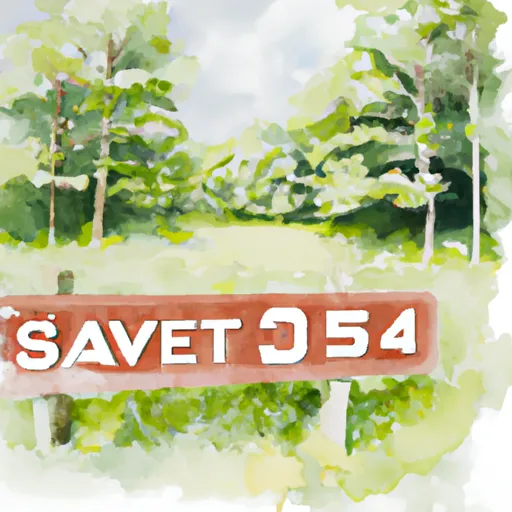°F
°F
mph
Windspeed
%
Humidity











Garrettsville, Ohio has a humid continental climate with warm summers and cold winters. The Mahoning River flows through the town, providing hydrology constituents for the area. Outdoor recreation opportunities in Garrettsville include hiking and biking at Nelson-Kennedy Ledges State Park, fishing and boating on Lake Hodgson, and camping at Camp Hi Canoe Livery. The park offers unique geological formations, including cliffs and caves, for visitors to explore. Additionally, the town hosts the annual Summerfest celebration, featuring live music, carnival rides, and local food vendors. Garrettsville is a charming small town with plenty of outdoor activities for visitors to enjoy.
Weather Forecast
Garrettsville receives approximately 1086mm of rain per year, with humidity levels near 80% and air temperatures averaging around 10°C. Garrettsville has a plant hardyness factor of 6, meaning plants and agriculture in this region thrive during a short period during spring and early summer. Most plants will die off during the colder winter months.
Regional Streamflow Levels
100
Cubic Feet Per Second
961
Cubic Feet Per Second
28
Cubic Feet Per Second
63
Cubic Feet Per Second
Nearby Camping
| Camping Area | Reservations | Toilets | Showers |
|---|---|---|---|
| West Branch State Park | |||
| Mill Creek - Berlin Reservoir | |||
| Perry Township Park | |||
| Geneva State Park | |||
| Punderson State Park | |||
| Petersburg Boat Landing |



